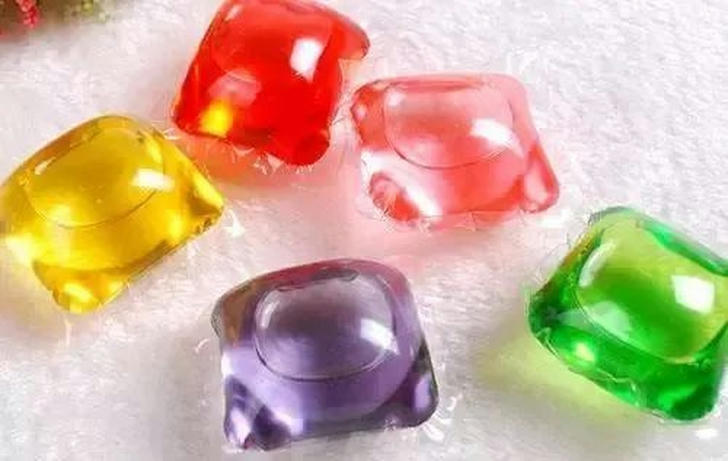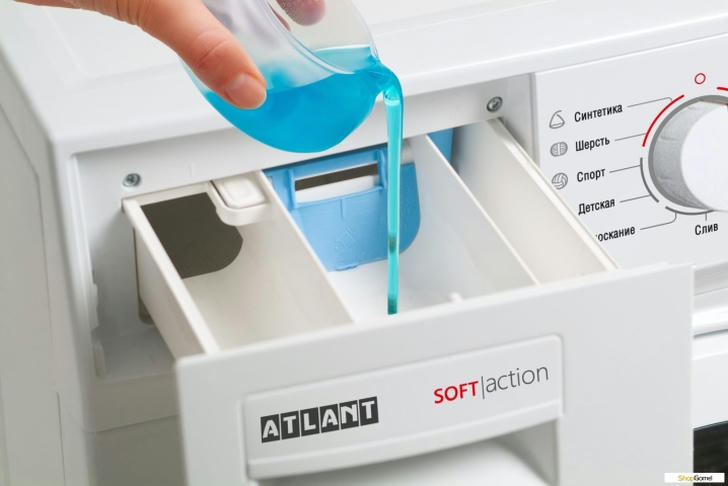You Might Be Using Too Much Laundry Detergent—Here’s the Right Amount!
In the world of household chores, doing laundry seems simple enough—sort your clothes, toss them in the washing machine, pour in some detergent, and hit start. But what if we told you that you might be doing it wrong this entire time?
A surprising number of people are using far more laundry detergent than necessary, often based on the assumption that more soap equals cleaner clothes. Unfortunately, this common misconception can have the opposite effect. Using too much detergent can damage your washer, leave residue on clothing, and even lead to skin irritation. Let’s explore the science behind the right way to use detergent—and why less is actually more.
Why Using Too Much Detergent Is a Problem
When it comes to laundry, more detergent doesn’t mean better cleaning. In fact, overusing detergent creates excess suds that can trap dirt and redeposit it on your clothing. This buildup doesn’t just stay on fabrics—it clings to your washing machine too.
1. Residue on Clothes
Excess detergent doesn’t always rinse out. That soapy layer can make clothes feel stiff, look dull, and trigger allergies or skin problems.
2. Washer Damage
Too many suds force your washer to work harder to rinse them out. Over time, this can lead to mechanical issues, mold buildup in front-load washers, and even poor odor inside the drum.
3. Waste of Money
Using more detergent than needed means you’ll burn through that bottle much faster—costing you more without any cleaning benefit.

The Surprising Truth: How Much Detergent Do You Actually Need?
The actual amount of detergent you need depends on a few key factors: water hardness, load size, the type of washing machine, and whether your clothes are heavily soiled.
Here’s a quick breakdown for HE (High Efficiency) washers, which are increasingly common:
- Small load: 1 to 2 teaspoons of liquid detergent
- Medium load: 2 to 3 teaspoons
- Large load: 3 to 4 teaspoons
- Heavily soiled load: 1 tablespoon
For standard (non-HE) machines, you might need a bit more—but not by much. The old habit of filling the cap to the top? That’s marketing, not science.
💡 Tip: If you're using detergent pods, one pod is enough for most loads. Don’t double up unless your load is extra-large or very dirty.
What the Labels Don’t Tell You
Detergent bottles often suggest using far more than you actually need. Why? Because using more means you’ll buy more. But the recommended amount on the label is often intended for very large, heavily soiled loads. For everyday laundry, it’s overkill.
Read the Fine Print
Most people don’t realize that the measuring cap on detergent bottles is deceptively large. The markings for different load sizes are often hard to see, leading users to pour way too much. Always check the cap markings carefully—and don’t rely on “eyeballing” it.
How to Tell If You’re Using Too Much
Here are a few signs that you might be overusing detergent:
- Clothes feel sticky, stiff, or soapy after drying
- Washer smells musty or sour
- There’s visible residue inside the drum
- Your clothes seem less clean even after a full cycle
If you notice any of these issues, try cutting your detergent usage in half—you might be shocked at the improvement.
Simple Fixes and Smart Laundry Habits
Reducing detergent doesn’t mean lowering cleanliness. In fact, using the right amount improves both cleaning power and machine performance. Here are a few laundry best practices:
1. Use HE Detergent for HE Machines
Always check that your detergent is compatible with your washer. HE machines require low-sudsing detergents, which are specially formulated to clean efficiently with less water.
2. Pre-treat Stains Instead of Over-Pouring
Instead of dumping in extra detergent for stained items, use a stain remover or pre-treat specific spots. It’s more effective and uses less product overall.
3. Use Warm or Cold Water (When Possible)
Hot water isn't always better. For lightly soiled clothes, cold water works just fine with modern detergents—and it’s more energy-efficient too.
4. Clean Your Washing Machine Monthly
Even if you use the correct amount of detergent, residue can still build up. Run an empty cycle with vinegar or washing machine cleaner every 4–6 weeks.
Bonus: DIY Detergent Measuring Hack
If you want a simple way to measure detergent without relying on hard-to-read caps, try this:
- Use a teaspoon or tablespoon from your kitchen drawer.
- Store it next to your detergent bottle.
- One rounded tablespoon = approx. what you need for most large loads.
This simple habit takes out the guesswork and helps avoid waste.
The Bottom Line: Rethink Your Laundry Routine
In 2025, with a focus on sustainability, smart living, and saving money, doing laundry right is more important than ever. Reducing detergent use isn’t just better for your clothes—it’s better for your wallet, your skin, and the environment.
By understanding the right way to use detergent, you’ll extend the life of your clothes, protect your washer, and reduce your environmental footprint—all while still enjoying fresh, clean laundry.
So next time you reach for that bottle, remember: you might only need a teaspoon, not a full cap.

